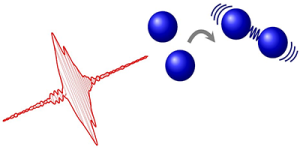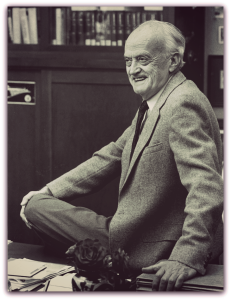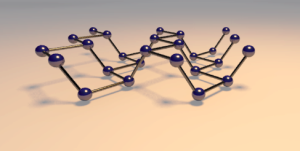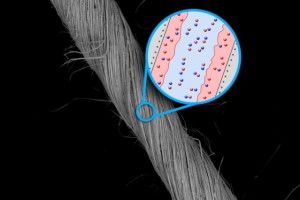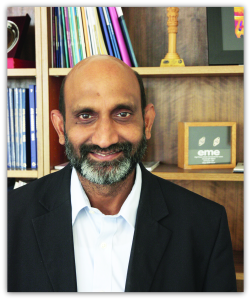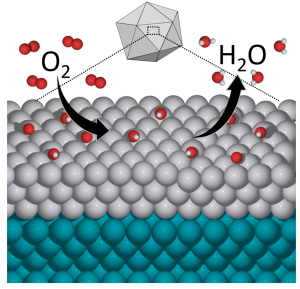“Scientific discovery is a marathon, not a sprint. Sometimes you’re running faster or slower, but you always have to keep going.”
Esther Takeuchi
Esther Takeuchi was the key contributor to the battery system that powers life-saving cardiac defibrillators.
She currently holds more than 150 U.S. patents, more than any other American woman, which earned her a spot in the Inventors Hall of Fame. Her innovative work in battery research also landed her the National Medal of Technology and Innovation in 2008.
Make sure to subscribe to our YouTube channel!
You can also listen to this installment of ECS Masters as an audio podcast.


